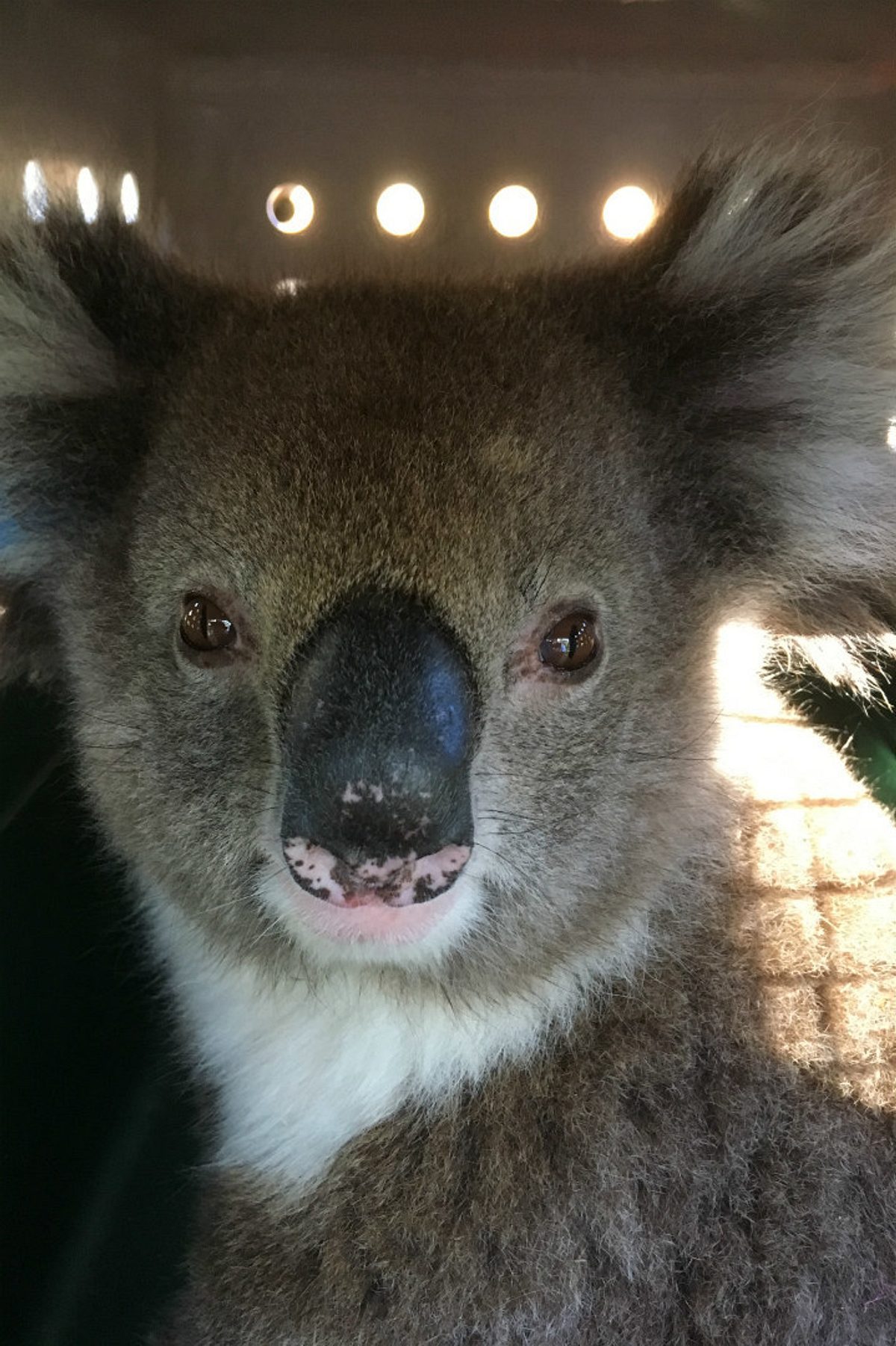Angela Pestell – Koala Project officer, AMLR, Wildlife Ecologist

1. Science qualifications?
I have a Bachelor of Applied Science (Biodiversity, Environmental and Park Management) with Honours in wildlife ecology, and was lucky enough to spend my honours year investigating the genetics, diet and nesting habits of western pygmy possums (Cercatetus concinnus) in Dhilba Guuranda-Innes National Park.
2. Path to current role?
At the end of my Honours year, I won a graduate position with DEH, where I went through three rotations before winning a reserve management planning position in the then Land Management Branch. I have since worked as a Policy Officer, a Fire Management Officer, and I’m now the Koala Project Officer with AMLR. I was also fortunate to spend 6 months working with the federal environment department in the Ecological Communities Listing section back in 2010.
3. What encouraged you to go into a career in science?
I grew up in the NT, where we spent many of our holidays camping across the many outstanding natural places in the Top End, and this love of the outdoors combined with a lifelong love of animals eventually lured me down to South Australia to study biodiversity management.
4. What does “a day in the life” consist of for you?
I usually start my day reviewing the daily media for any koala stories that may be of interest or importance for the SA koala program, responding to queries relating to the koala program, and working with the SA Koala Projects Coordinating Committee and the SA Koala Steering Committee to progress development and delivery of the koala program across the state, including preparing policy and project documents, reviewing koala research and scheduling a variety of meetings.
I currently work part-time so that I can balance work with caring responsibilities for my autistic son. I’m incredibly lucky to have very supportive managers that allow me to work flexibly across Cleland, Waymouth St and home, depending on my caring responsibilities and meeting schedule for the week.
5. How do you use science at work and how does it contribute to the state?
Understanding how to analyse scientific literature for the key findings has been critical to my work, which has primarily focused on translating scientific information into plain English documents, including reserve management plans and wildlife policy documents, as well as preparing briefings and responses to correspondence on environmental matters.
6.Tell me about a memorable moment in science or a special milestone or achievement of yours.
After a lengthy time in policy development, coming into the koala project officer role has brought me back to a more scientific role, where I am able to be in the field again interacting with nature. I reached a special milestone recently being part of an innovative project for koala fertility control, where we (DEW and Zoos SA) have refined a hormone implant procedure for female koalas that can be performed at the base of the tree without the need for anaesthesia.
This has not only made koala fertility control more cost-effective, but it has amazing animal welfare outcomes by reducing the amount of time koalas, which are easily stressed, spend in captivity. This is significant enough in itself, but the milestone for me was being trained in the implanting process and learning how to handle koalas. After such a long time away from field work, it was pure joy to be back out and taking an active part in science again.
7. Why do you love being a woman in science?
I love nature and learning about how plants and animals interact with their environments, and being in a job that allows me to keep learning and pass on my knowledge to others is very rewarding.
8. Why do you think women in science are important?
Being a woman in science is important to me as I am a visible example to others that it is a viable career path for women. With a lot of the focus on improving diversity in the more traditional sciences such as medicine, physics and chemistry, it’s also important to celebrate the women in the environmental sciences, as there are a lot of us!
I was alerted to this fact by one of my first year lecturers when he pointed out that the authors of our textbook, the mammoth ‘Biology’ by Knox, Ladiges, Evans and Saint, were all women. I took note from then on and was particularly perturbed to find that the people in leadership roles in our profession were predominantly middle-aged white men, so despite how many women were in the field, we weren’t visible at the very top of our profession, and so I’ve made a point of celebrating the fact that I am a woman in science.
I also endeavour to celebrate people from other cultures who have chosen environmental science for their careers as I firmly believe that representation matters, and if you can’t see people that look and sound like you in the field you love, you won’t know that you can do it too.
9. Anything else you’d like to add?
I’m incredibly proud to be an ecologist, and to be breaking down stereotypes about the types of careers that women can have. Diversity in science means that there will be more diverse voices in the places where decisions are made, and this can only ever be a good thing.


